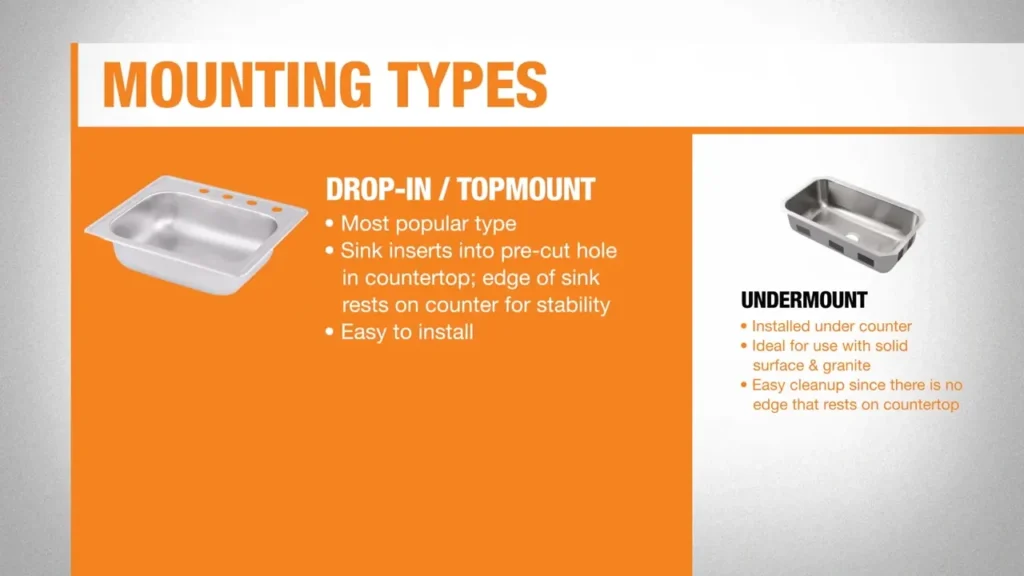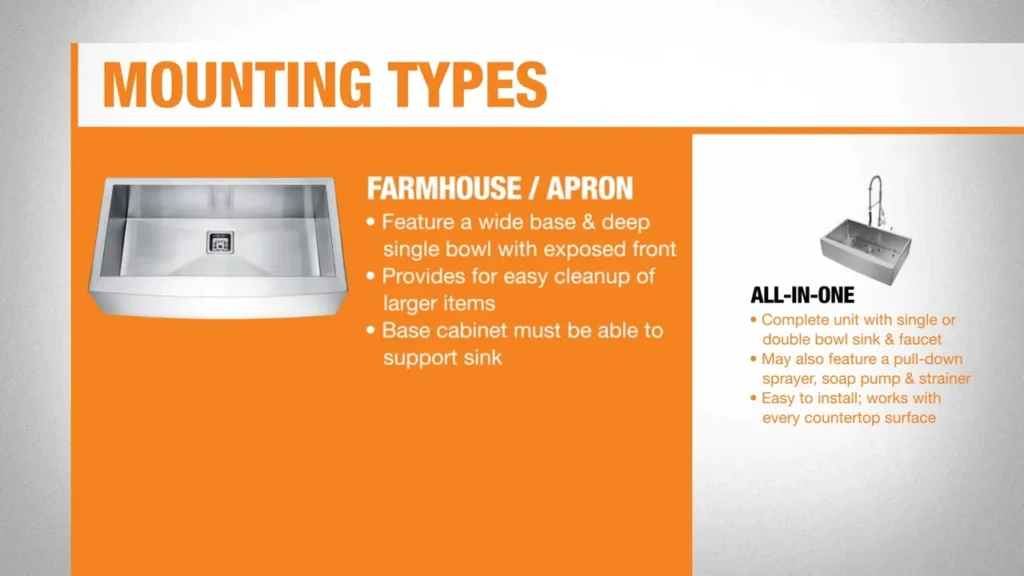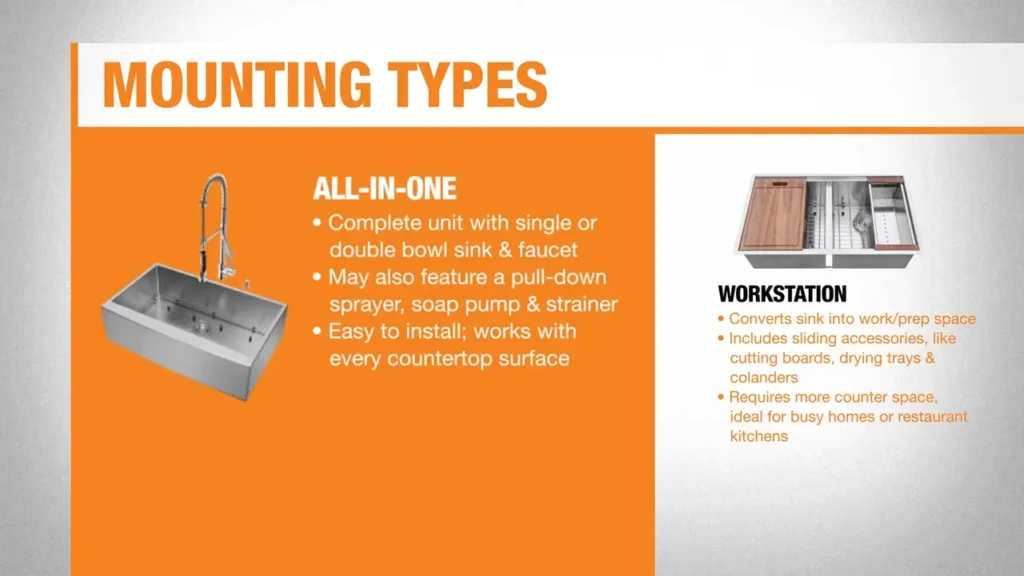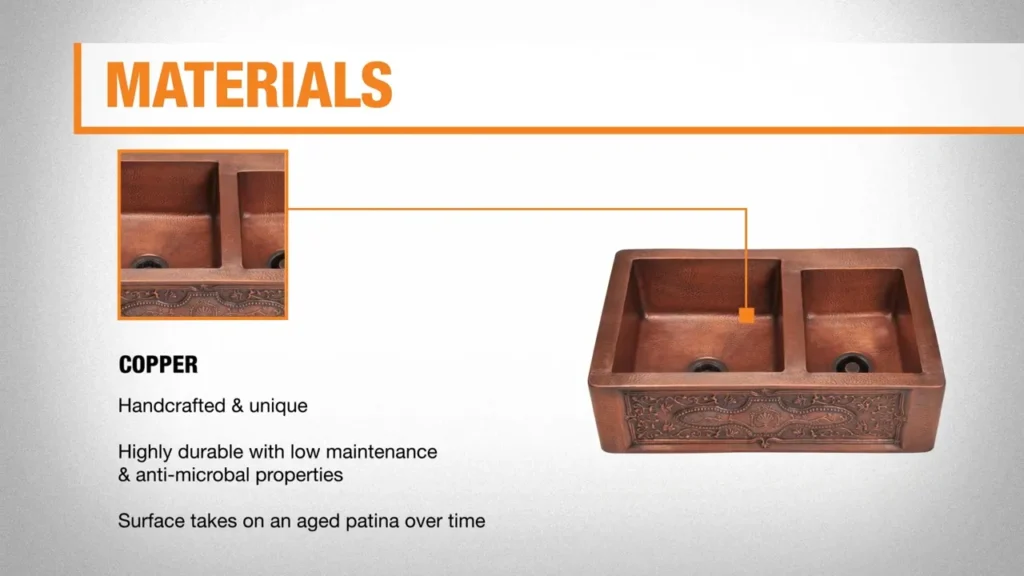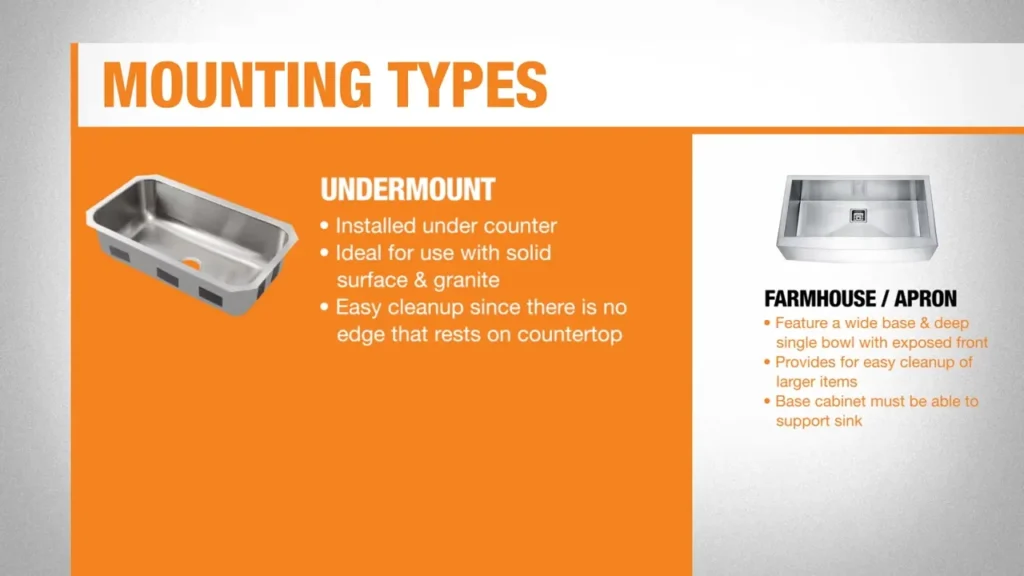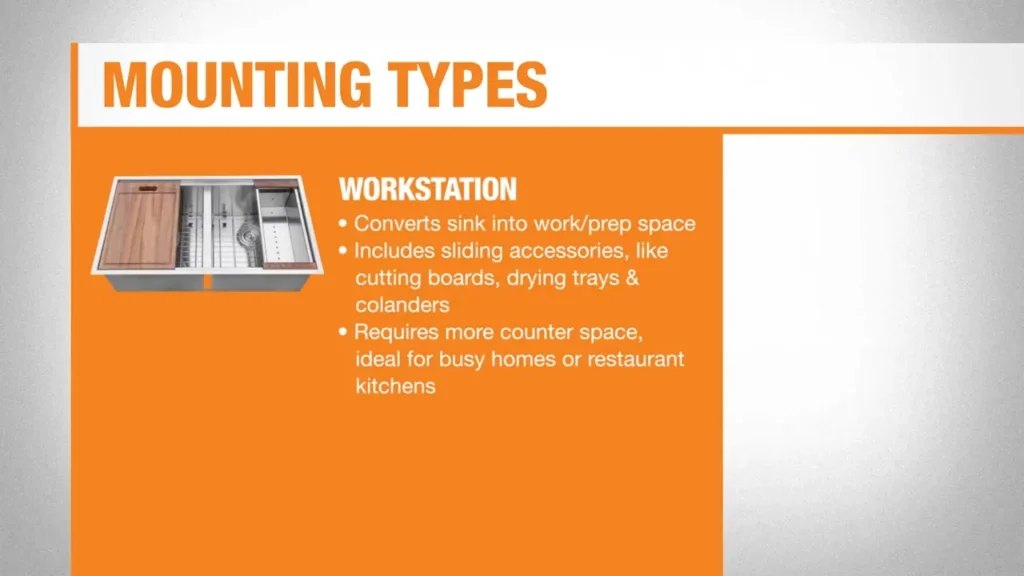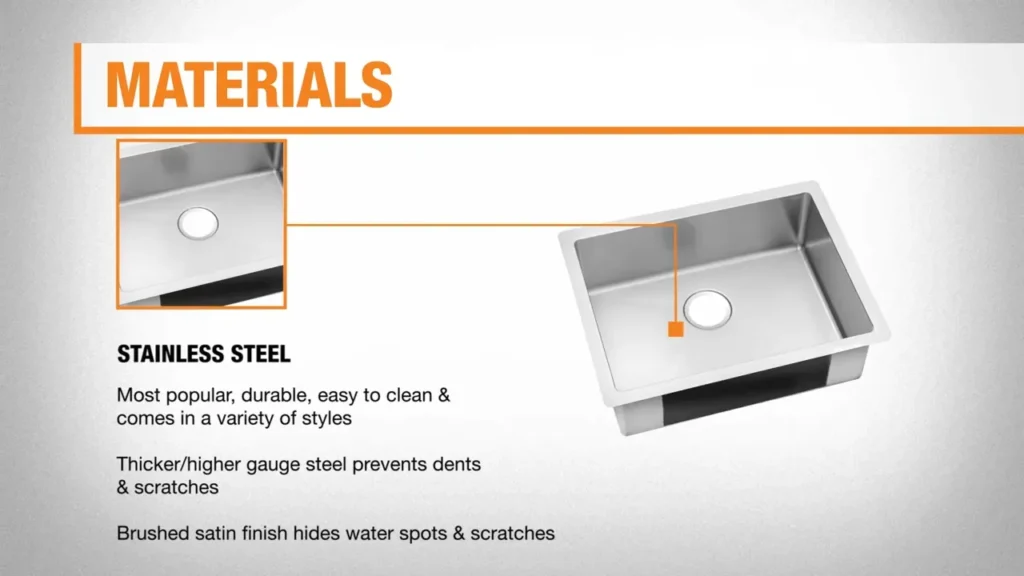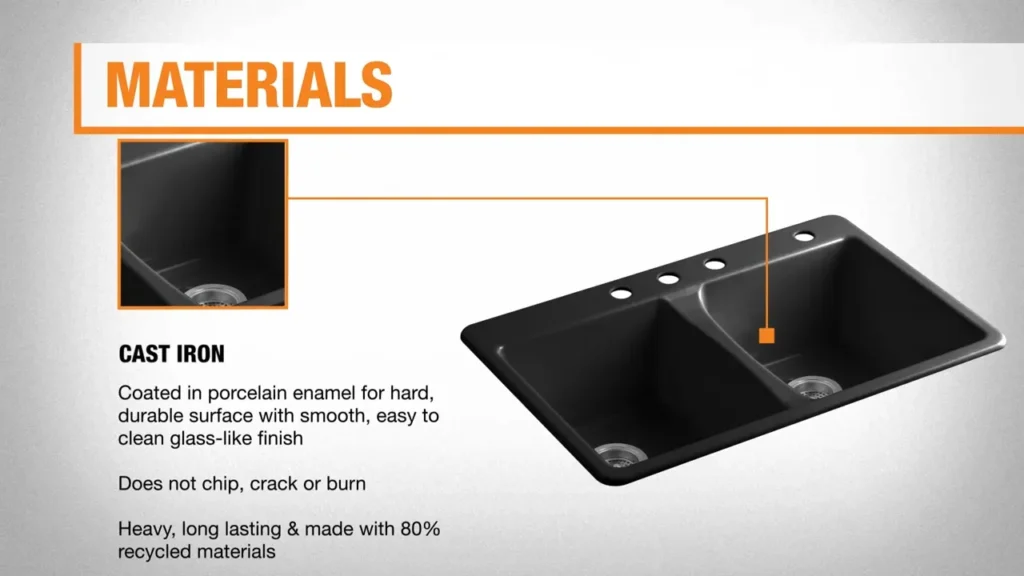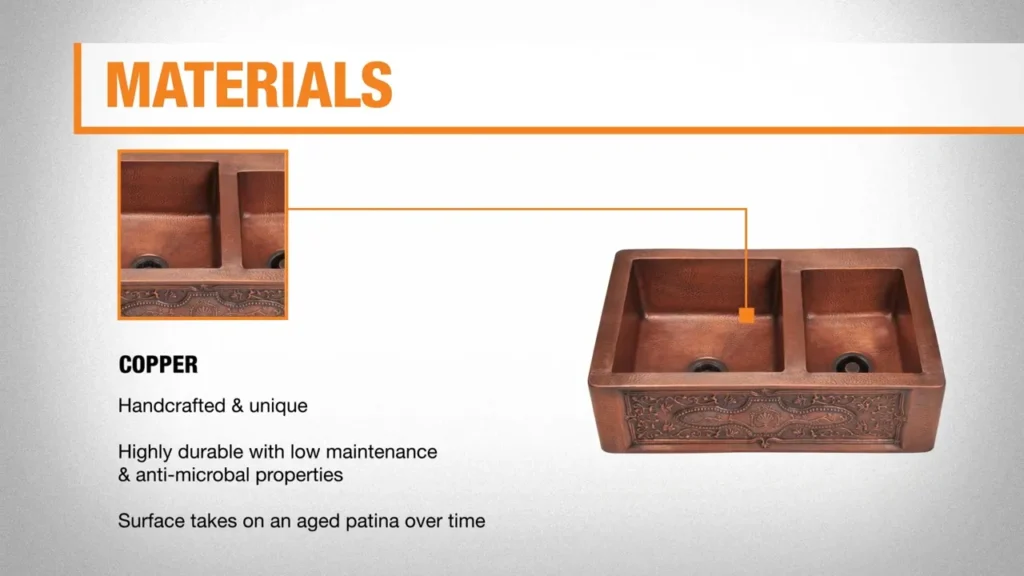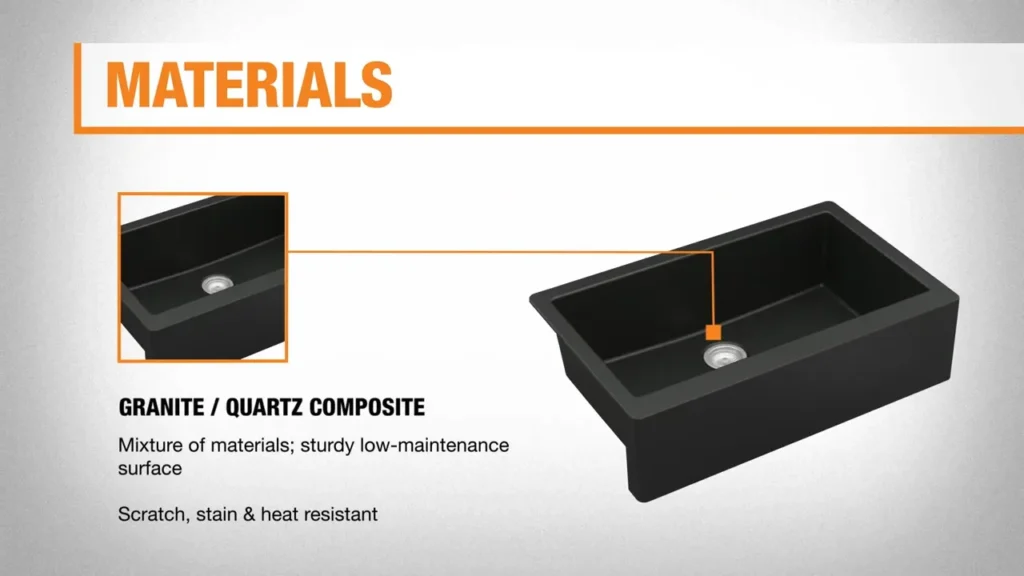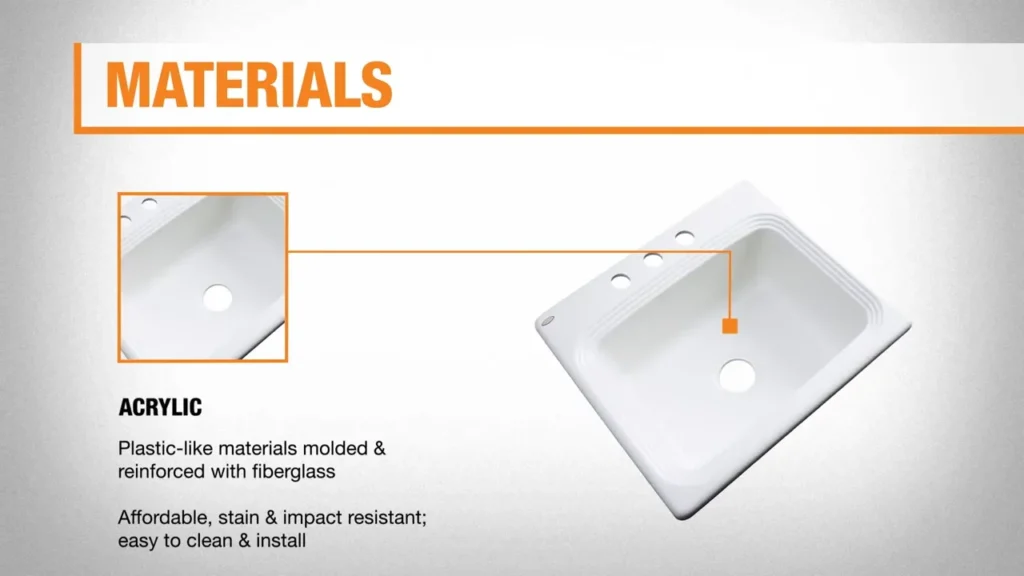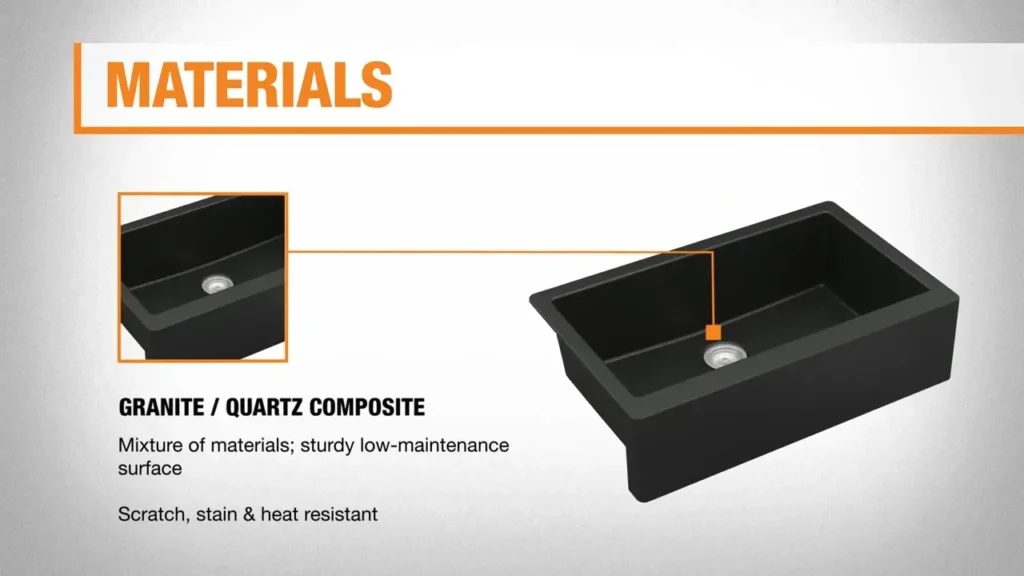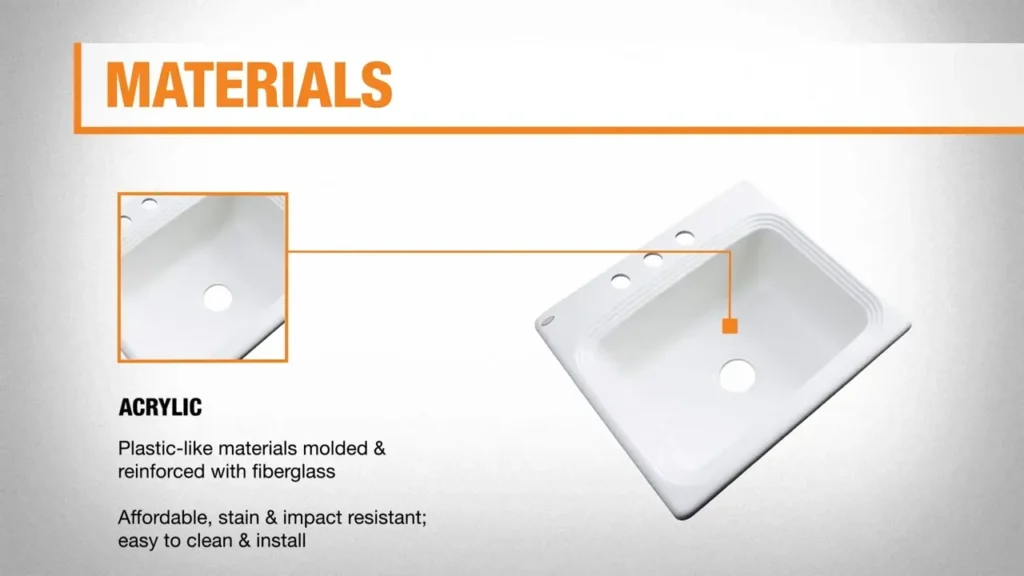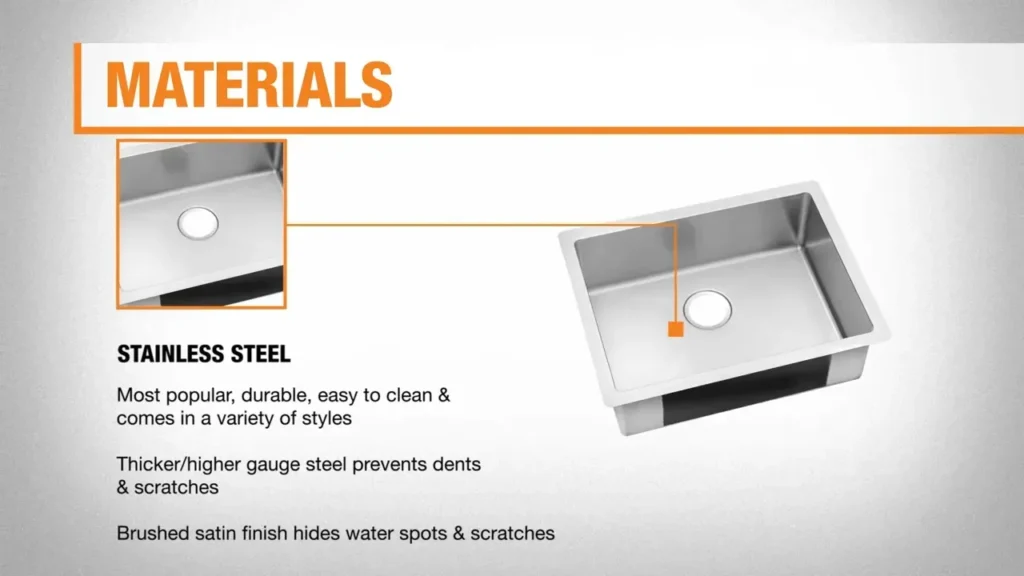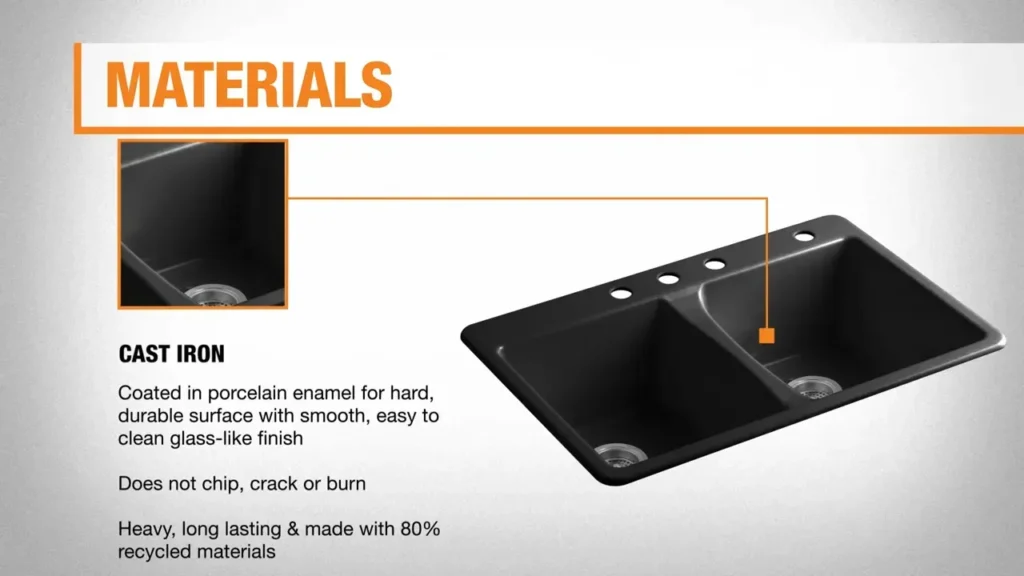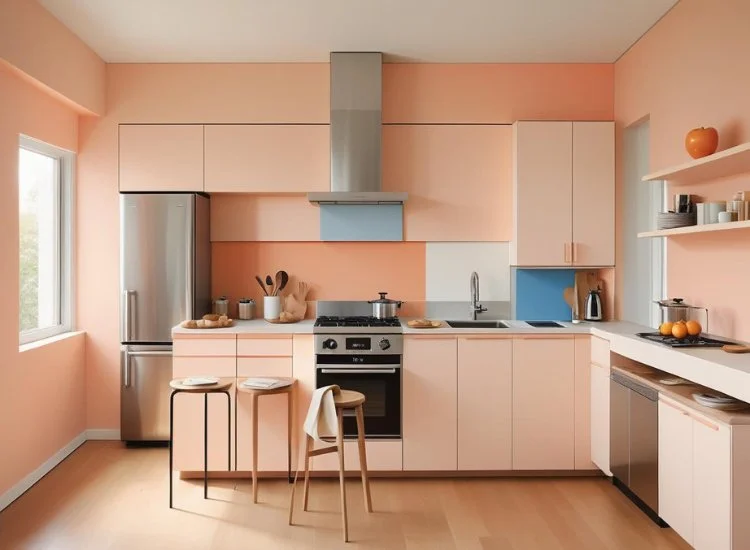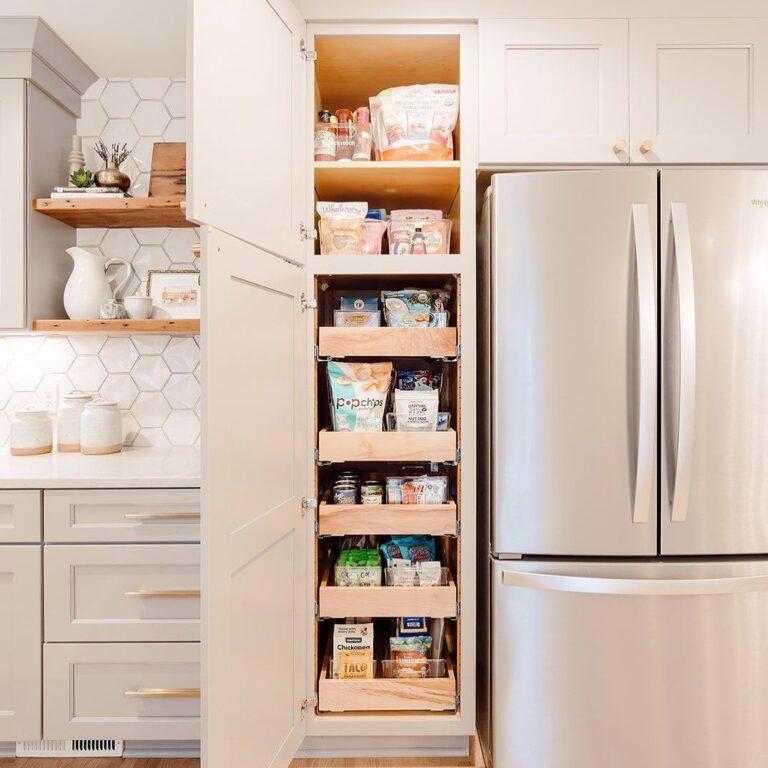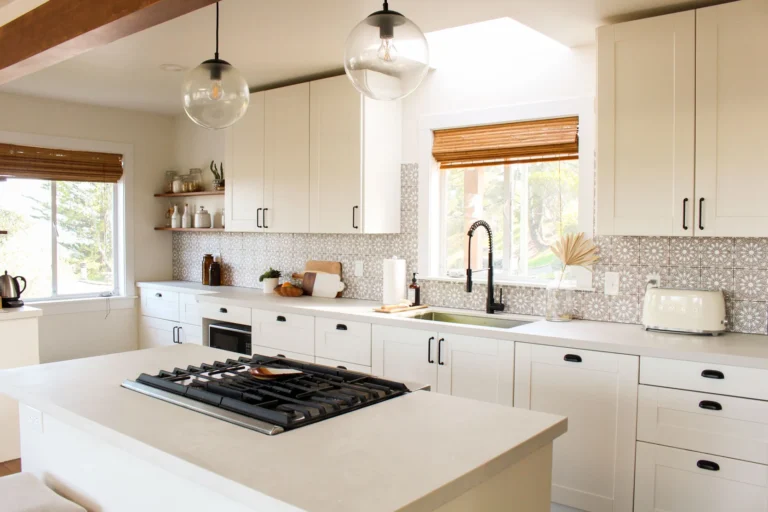The Ultimate Guide to Choosing the Perfect Kitchen Sink Size
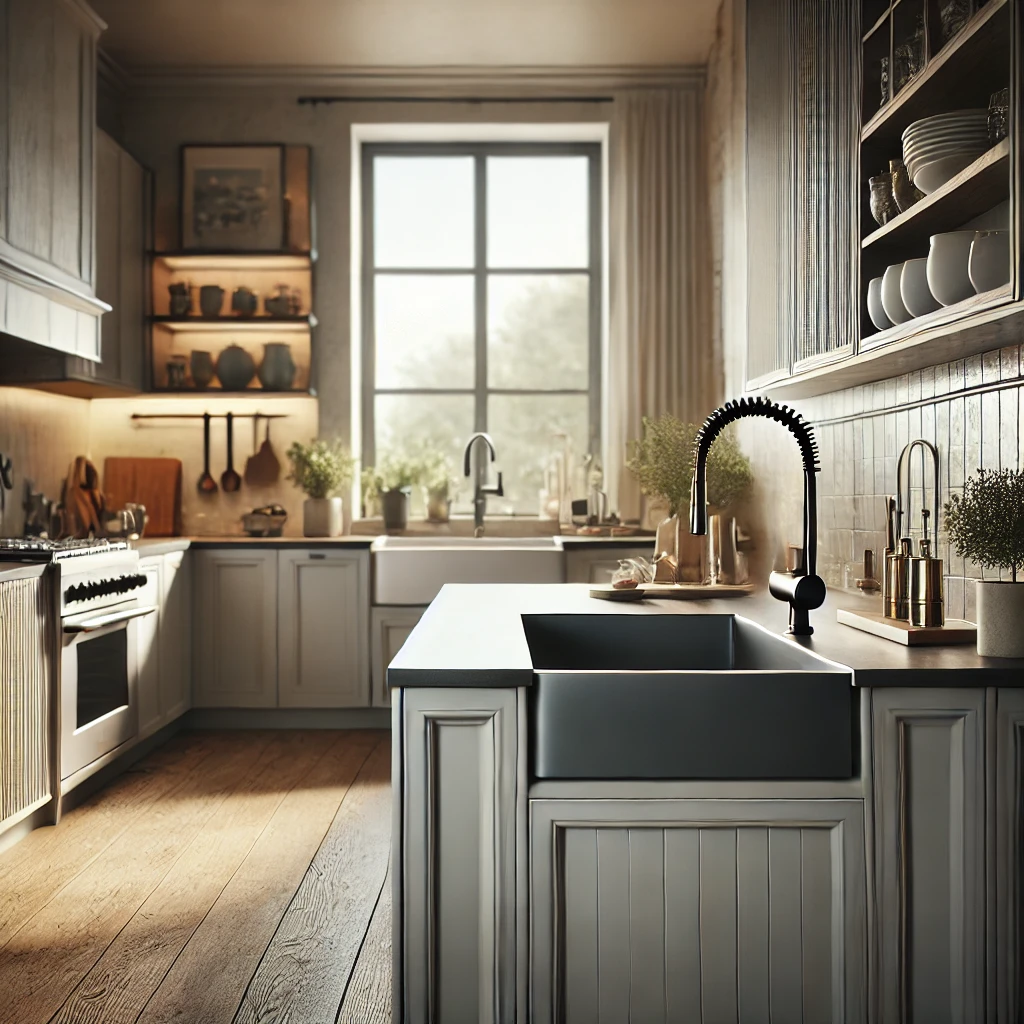
Selecting the right kitchen sink size is more than just a practical choice—it’s about enhancing the overall functionality and style of your kitchen. Whether you’re renovating your kitchen or starting from scratch, understanding the dimensions, configurations, and design considerations is key to making an informed decision.
From single-bowl sinks for compact kitchens to double-bowl designs for multitasking, choosing the right size depends on factors like your cooking habits, countertop space, and the size of your sink cabinet. For most kitchens, a 30-inch sink fits seamlessly, but larger spaces might benefit from 36-inch sinks, while smaller setups thrive with a compact 24-inch option.
This guide will walk you through everything you need to know, helping you strike the perfect balance between practicality and visual appeal. Dive into this comprehensive resource to confidently choose the kitchen sink size that works best for your space and lifestyle!
A Quick Overview of Standard Kitchen Sink Dimensions
When it comes to kitchen sink dimensions, there are some commonly accepted standards that make the selection process easier. The typical kitchen sink falls between 22 to 33 inches in width, with 24 inches being a common size for many households. Depth can range from 5 to 10 inches, with the standard depth being around 8 inches. Length often matches the width, with many sinks offering a length range from 20 to 30 inches depending on the configuration.
Choosing the right dimensions will depend on your counter space, the style of your kitchen, and your cooking needs. Whether you’re looking for a simple single bowl or a double bowl sink, these standard dimensions give you a starting point for what will work best.
Why Sink Size Matters in Your Kitchen Design
Sink size isn’t just about fitting into your countertop—it also impacts kitchen workflow, usability, and even aesthetics. A larger kitchen sink allows for more space when washing dishes, prepping meals, or even cleaning large cookware. However, an overly large sink in a small kitchen can take up too much counter space, making the kitchen feel cramped, which can influence your overall kitchen remodeling cost. Conversely, a smaller sink might be practical in a minimalist design but could make tasks like washing big pots and pans difficult.
Considering the size of your sink can help balance your kitchen’s design. A well-chosen sink can complement the overall layout, while the wrong size may affect both its functionality and your kitchen’s aesthetic.

A Breakdown of Common Sink Measurements (Width, Depth, and Length)
The key to selecting the ideal kitchen sink lies in understanding the three main measurements: width, depth, and length.
- Width: This refers to the overall horizontal space the sink occupies. Common widths range from 22 to 33 inches, with 30 inches being a popular choice for many kitchens. Larger homes with expansive countertops may opt for 36 inches for additional work and cleaning space.
- Depth: Depth is the vertical measurement from the bottom of the sink to the rim. A standard depth falls between 7 and 10 inches, with deeper sinks offering more capacity for large pots or even soaking dishes.
- Length: Length usually mirrors the width, though it can vary depending on the sink’s bowl configuration. For example, single-bowl sinks tend to be shorter, while double-bowl sinks often extend the length for added functionality.
By carefully considering these measurements, you can ensure that the sink not only fits perfectly in your kitchen but also meets your daily needs.
Exploring Sink Sizes: Which One Is Right for You?
Choosing the right sink size for your kitchen is all about understanding your space, workflow, and style preferences. Whether you’re working with a cozy kitchen or a large culinary space, the right sink size can transform your daily kitchen tasks. From compact options for tight spaces to oversized basins for those who need extra room, let’s break down which sink size is right for your needs.
Compact Sinks for Cozy Kitchens (Under 20″)
If you’re working with a smaller kitchen or limited counter space, a compact sink under 20 inches might be your best bet. These sinks are ideal for apartments, tiny homes, or kitchens where countertop space is at a premium. A small sink offers basic functionality, perfect for those who don’t need to wash large pots or prep meals for a crowd. Despite the smaller size, these sinks can still handle everyday tasks like washing dishes and cleaning up after a quick meal.
Opting for a compact sink also allows you to make use of the remaining counter space, giving you more room for prep, storage, or decorative touches. Just keep in mind that while compact sinks are practical, they may feel cramped if you regularly cook for a family or entertain guests.
Standard Kitchen Sinks: The Goldilocks Option (25″-30″)
The 25-30 inch sink is often referred to as the “Goldilocks” size—not too small, not too large, but just right for most kitchen setups. This range provides ample space for washing dishes, prepping ingredients, and performing other kitchen tasks without overwhelming the countertop. It strikes the perfect balance for both small and medium kitchens, offering enough depth and width to be highly functional while still fitting comfortably into most standard cabinet sizes.
If you’re looking for a reliable, versatile sink that can handle everyday kitchen chores without taking up too much space, this is the sweet spot. It can accommodate a range of bowl styles, from single to double bowl, making it adaptable to various needs and preferences.
Oversized Basins for the Enthusiast (Over 30″)
For those who love to cook, entertain, or simply need extra space for big clean-ups, an oversized sink of 30 inches or more might be the perfect fit. These sinks offer plenty of room for large pots, baking sheets, and even washing multiple dishes at once. Perfect for large families or avid cooks, they provide both functionality and a luxurious touch to your kitchen.
An oversized sink makes an ideal addition to spacious kitchens, offering both convenience and style. Just keep in mind that this size might require more countertop space, so it’s best suited for kitchens with plenty of room for a sink that stands out both in size and function. If you’re looking for a high-end kitchen experience with plenty of space for cooking and cleaning, an oversized sink could be the right choice for you.
Sink Styles and Sizes: Find Your Match
When choosing the perfect sink for your kitchen, size is just one factor to consider. Sink styles play a big role in both the aesthetics and functionality of your kitchen. From space-efficient single basin sinks to versatile double basins and trendy farmhouse sinks, there’s a style for every kitchen layout and need. Let’s explore these popular options and how to find the right match for your space.
Single Basin Sinks: Space-Efficient and Sleek
If you’re looking for a clean, minimalist look and need a sink that can accommodate large pots and pans, a single basin sink is a great choice. Typically ranging from 20 to 30 inches, these sinks offer ample space in one large, uninterrupted basin. They are ideal for kitchens with limited space or those who want to maximize their counter area.
Single basin sinks are also incredibly versatile for various tasks, from washing dishes to cleaning vegetables or soaking baking trays. Their sleek design works well in modern, contemporary kitchens, offering a seamless aesthetic with the rest of your kitchen’s design. These sinks are often paired with a cutting board or colander that fits perfectly into the basin, adding even more convenience to your kitchen workflow.
Double Basin Sinks: Versatility Meets Functionality
For those who need a sink that can handle multitasking, a double basin sink is a great option. Ranging from 30 to 33 inches, these sinks offer two separate basins, allowing you to perform multiple tasks at once. Whether you’re rinsing dishes in one side while prepping ingredients on the other, a double basin sink adds efficiency to your kitchen routine.
Double basin sinks are perfect for larger kitchens where you have the space to incorporate both sinks without sacrificing counter area. They come in a variety of configurations, such as equal-sized bowls or a larger primary basin with a smaller secondary one. This versatility makes them a top choice for busy kitchens where different tasks are happening simultaneously.
Farmhouse and Apron Sinks: A Trend with Practicality
Farmhouse or apron sinks have gained popularity due to their rustic charm and practical design. Typically larger in size, often ranging from 30 to 36 inches, these sinks offer a deep, wide basin that can accommodate large pots, pans, and dishes with ease. The exposed front apron adds a distinctive, charming look to your kitchen, making it a focal point of the space.
These sinks are perfect for traditional or country-style kitchens but can also be integrated into modern spaces for a touch of character. While farmhouse sinks are visually striking, their depth and spacious design make them highly functional, especially for those who entertain or have large families. If you’re looking for a sink that combines both style and utility, a farmhouse sink might be the perfect match for your kitchen.
Key Factors to Consider When Selecting Your Kitchen Sink
Selecting the perfect kitchen sink goes beyond simply picking a size. Several key factors, such as your kitchen layout, the material of the sink, and the compatibility with your countertop cutout, can significantly influence the choice. Here’s what to keep in mind when choosing a sink that works best for your space.
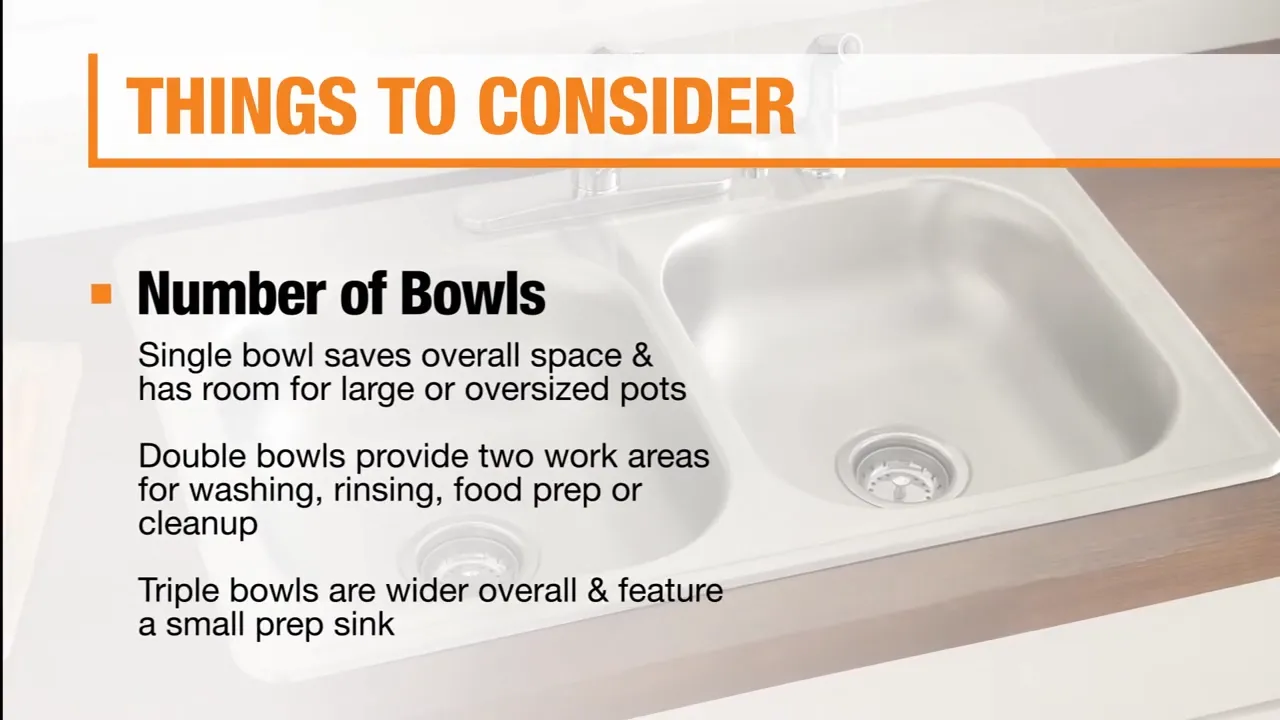
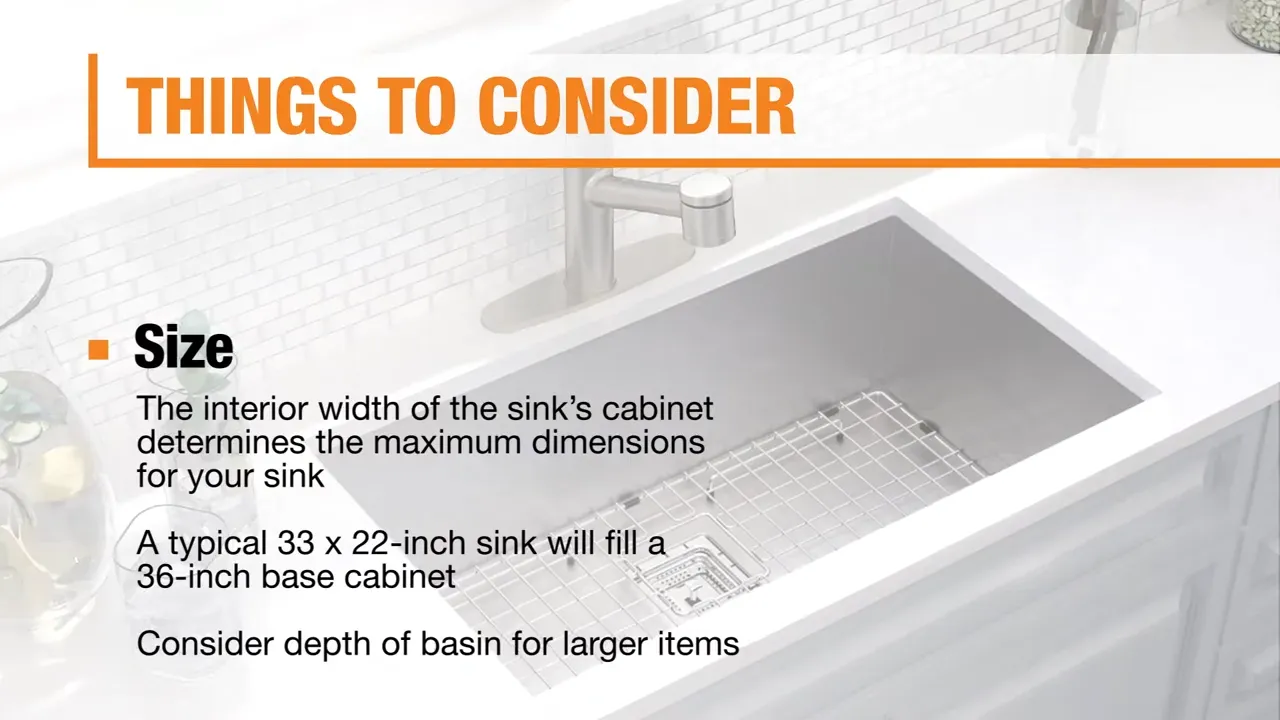
Kitchen Layout and Available Space
The layout of your kitchen and the space available for your sink are crucial factors in selecting the right size and style. For smaller kitchens or those with limited counter space, a compact sink may be ideal to maximize counter space without feeling cramped. A single basin sink or even a smaller double basin sink may be a better option for these layouts.
In larger kitchens with spacious countertops, you can afford to go with a larger sink, like an oversized farmhouse or double basin sink, that provides ample space for multiple tasks. Always take into consideration the space available for installation, ensuring there’s enough room for the sink, faucet, and other elements such as drying racks or cutting boards.
Sink Material and Its Impact on Dimensions
The material of your kitchen sink not only affects its durability and aesthetic appeal but also its size options. Materials like stainless steel and granite composite sinks offer flexibility in design, with stainless steel sinks typically available in a wide range of dimensions. On the other hand, ceramic or porcelain sinks may be more limited in size but offer a timeless look.
When selecting the material, consider the thickness and weight, which can impact the sink’s overall dimensions. For example, a heavy cast iron farmhouse sink might require a more robust cabinet for support, limiting the available space for your sink installation. Make sure to consult the material’s weight and dimensional requirements to ensure proper fitting in your kitchen layout.
Matching Your Sink to Your Countertop Cutout

One of the most important considerations when selecting a kitchen sink is ensuring that the sink’s dimensions match your countertop cutout. This is especially critical when installing undermount sinks, as the cutout needs to be precisely measured to avoid complications during installation.
Before purchasing a sink, measure the cutout in your countertop and make sure it aligns with the sink’s dimensions. A mismatch in size can lead to gaps or difficulty with fitting, creating additional costs and work during installation. For easier installation, many sink manufacturers provide template guides to help ensure the right fit. If you’re opting for a custom countertop, you can always work with your fabricator to create the ideal cutout for your chosen sink size.
What Are the Benefits of Choosing a Standard Kitchen Sink?
When it comes to selecting a kitchen sink, the standard kitchen sink offers several advantages that make it a popular choice among homeowners. Let’s explore the key benefits of going with a standard size.
Simpler Installation and Maintenance
Opting for a standard kitchen sink size often leads to easier installation, as it fits seamlessly into most standard cabinetry without requiring custom adjustments. Additionally, maintenance is simpler since plumbing components and replacement parts are readily available. With many homes already equipped for these sinks, the process is straightforward and hassle-free.
Cost-Effectiveness Without Compromise
A standard kitchen sink is not only affordable but also provides exceptional value. Standard sinks tend to be less expensive than larger or custom-sized models, offering cost savings without sacrificing quality or functionality. With many options available in this category, you can find a sink that fits both your budget and your kitchen’s needs.
Greater Variety of Accessories and Upgrades
When you choose a standard kitchen sink size, you’ll have access to a wider range of accessories, such as sink grids, drain baskets, and cutting boards that are designed to fit seamlessly. These accessories can elevate your sink’s functionality and match the dimensions of your chosen model, enhancing your kitchen’s overall efficiency and convenience.
Are There Drawbacks to Standard Sink Sizes?
While standard kitchen sink sizes are widely favored for their practicality, there are a few potential drawbacks to consider. Understanding these limitations can help you decide if a standard sink is the best choice for your kitchen or if you should explore other options.
When Bigger or Smaller Might Be Better for You
For some kitchens, standard sink dimensions may not be the ideal fit. If you have a larger family or do a lot of cooking and cleaning, a bigger sink with more capacity might be necessary. On the other hand, for kitchens with limited space, a compact kitchen sink could be a better option to optimize functionality without overwhelming the area. In these cases, choosing a sink that fits your specific needs—whether larger or smaller—may offer a better solution than the standard size.
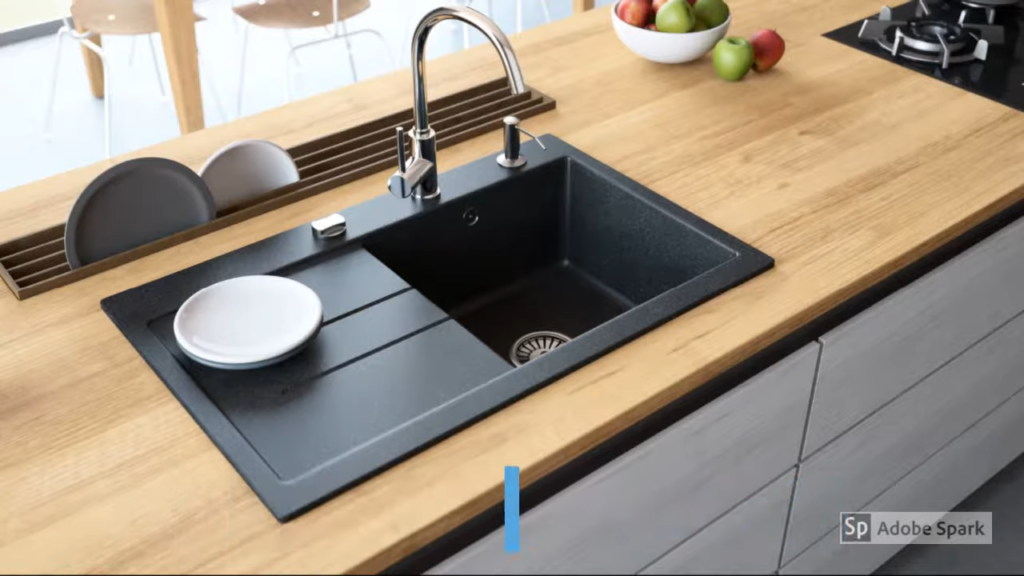
Custom Sink Solutions for Unique Kitchen Needs
If you have a unique kitchen layout or specific design preferences, custom kitchen sinks might be worth considering. These sinks can be tailored to your exact specifications, offering unique dimensions, styles, and features that standard models cannot provide. Whether you’re working with a non-traditional countertop or require a specific configuration, custom sinks offer a high level of flexibility, though they come with higher costs and potentially more complex installation.
How to Measure for Your Perfect Kitchen Sink Fit
Measuring correctly for your kitchen sink dimensions is crucial to ensure a perfect fit and avoid costly mistakes during installation. Whether you’re replacing an old sink or outfitting a brand-new kitchen, accurate measurements are essential.
Tools and Tips for Accurate Measurements
To measure for your ideal kitchen sink, you’ll need a few basic tools: a tape measure, a level, and a pencil for marking. Start by measuring the sink cabinet size—this will give you the rough dimensions for your sink’s base. Then, measure the width, length, and depth of the space where the sink will sit, ensuring you account for any obstructions like plumbing or hardware. If you’re opting for an undermount sink or a farmhouse sink, you may also need to measure the countertop cutout or the apron length to ensure a seamless installation.
Avoiding Common Mistakes in Sink Sizing
Common mistakes when measuring for a kitchen sink include underestimating the clearance needed around the sink, not considering the depth of the sink bowl, or overlooking the need for additional space for faucet placement. Always leave enough room for proper drainage and installation, and don’t forget to check your countertop dimensions to ensure the sink is aligned correctly. Taking these extra steps will help avoid complications and ensure your standard kitchen sink or any other style fits perfectly.
Beyond the Sink: Choosing the Right Faucet and Accessories
When selecting your kitchen sink, the faucet and accessories play an equally important role in functionality and style. The right faucet and accessories can elevate your kitchen’s efficiency and aesthetics while complementing your kitchen sink size and design.
Faucets That Complement Your Sink Style and Size
The faucet you choose should align with your sink’s size and style to maintain harmony in your kitchen. For a single basin sink, a sleek, tall faucet with a high arc may be the ideal choice for easy filling of pots and pans. On the other hand, a double basin sink might benefit from a more traditional faucet that allows for separate water flow to each side. Additionally, when selecting a faucet, ensure that its spout height and reach are compatible with your sink’s dimensions and layout. Always consider features like pull-down sprayers for added convenience or touchless technology for a modern touch.
Accessories That Maximize Your Sink’s Potential
Sink accessories can significantly enhance your kitchen sink’s functionality. For example, a drainboard or a cutting board that fits over your sink can create additional workspace, especially for smaller kitchens with limited counter space. Sink grids protect your sink’s surface from scratches, while a soap dispenser or sponge holder keeps the area organized. If you’re going for a farmhouse sink or a stainless steel kitchen sink, choose accessories that align with the material and design, ensuring both form and function. These thoughtful additions will maximize the utility of your sink and streamline your kitchen routine.

